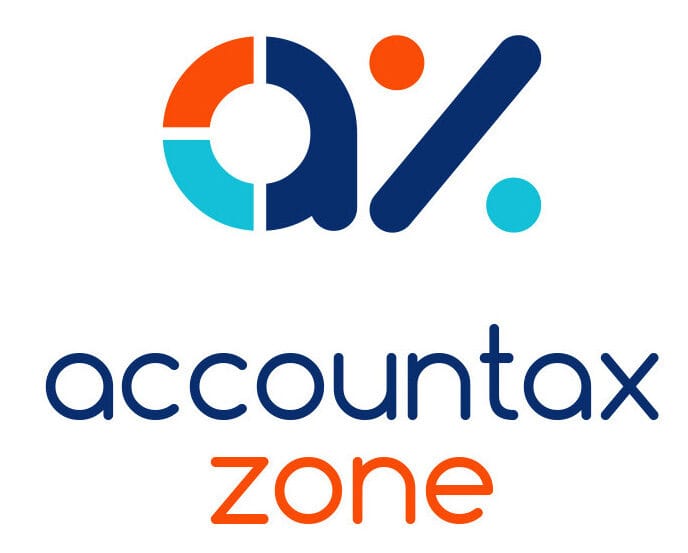As widely predicted, in his 2024 Spring Budget, the Chancellor announced a 2% cut in the main rates of Class 1 and Class 4 National Insurance contributions. We explain what employees and the self-employed will now pay in 2024/25.
Employees
The main rate of primary Class 1 National Insurance contributions, which are payable by employed earners on earnings between the primary threshold and the upper earnings limit, fell from 12% to 10% with effect from 6 January 2024. The rate was due to remain at 10% for 2024/25 but has now been reduced by a further 2% to 8%. This latest cut will save employees up to £754 in Class 1 National Insurance contributions in 2024/25
As a result of the latest cut, employees will now pay primary Class 1 contributions at a rate of 8% on earnings between the primary threshold, set at £242 per week (£1,048 per month; £12,570 per year), and the upper earnings limit, set at £967 per week (£4,189 per month; £50,270 per year) and at a rate of 2% on earnings in excess of the upper earnings limit.
Employed earners whose earnings are between the lower earnings limit of £123 per week (£533 per month; £6,396 per year) and the primary threshold are treated as paying notional contributions at a zero rate which gives them a qualifying year for state pension purposes.
Employers
Employers did not benefit from a rate cut and the secondary rate remains at 13.8% for 2024/25.
Self-employed
At the time of the 2023 Autumn Statement, the Chancellor announced that the main rate of Class 4 National Insurance contributions would fall by 1%, from 9% to 8%, with effect from 6 April 2024. A further 2% cut was announced in the Spring Budget, reducing the main rate to 6%.
You may also like to read: Check your National Insurance record
As a result, for 2024/25, self-employed earners will pay Class 4 National Insurance contributions at 6% on profits between £12,570 and £50,270 and at 2% on profits in excess of £50,270. Self-employed earners with profits between the small profits threshold, set at £6,725, and the lower profits limit of £12,570 are awarded a National Insurance credit to provide them with a qualifying year for state pension purposes.
Class 2 contributions have been abolished for 2024/25 onwards. However, self-employed earners with earnings below £6,725 can make voluntary contributions at the 2023/24 rate of £3.45 per week to preserve their state pension entitlement.
Partner note: National Insurance Contributions (Reduction in Rates) (No. 2) Bill










